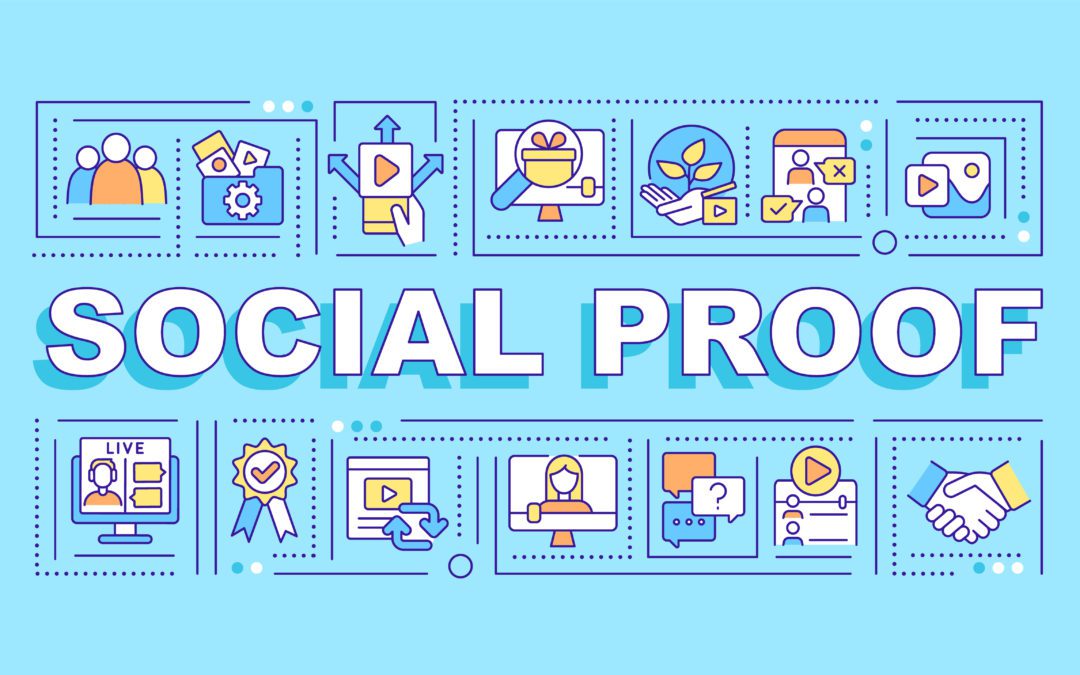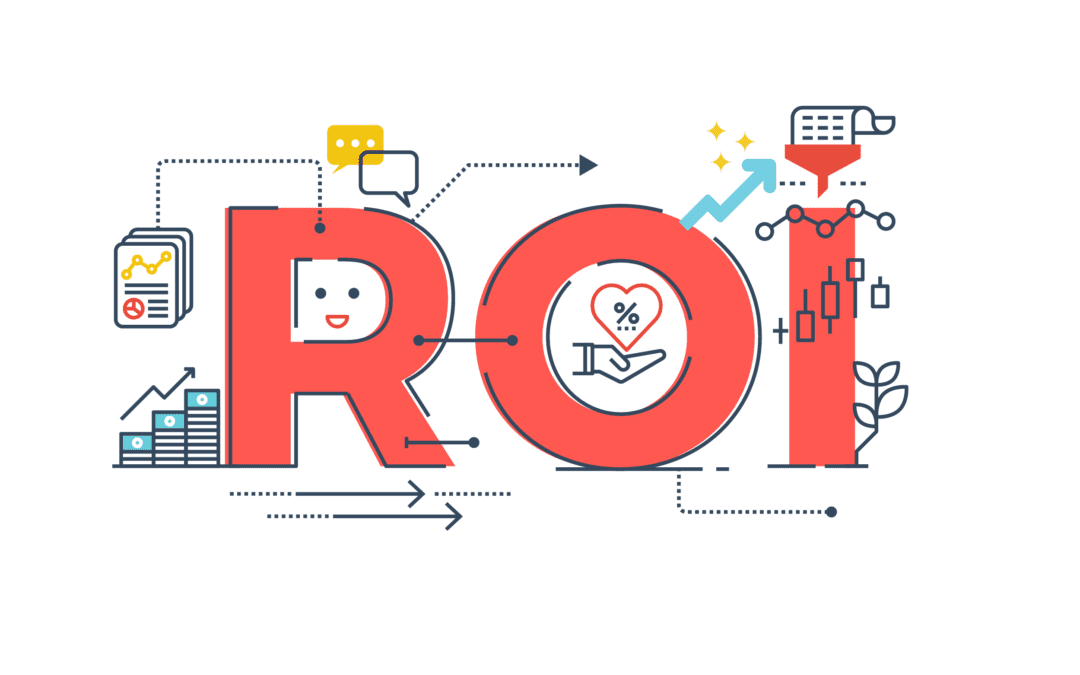Content marketing is creating and distributing material that adds value to a brand’s targeted audience.
Even with the most valuable content, however, one of the biggest issues for marketers is how to strategically position content in a way that the public will see. Content strategy must be well thought out and documented, and the content itself must be consistently distributed.
Strategically positioning content is critical because it allows audiences to find you and know who you truly are. Brand positioning is one of the most important aspects of content marketing. Without it, even the best and most valuable storytelling will go unnoticed.
The following ideas identify the value of content positioning.
- Thought leadership
Thought leadership is the display of expertise in a particular area or field. Understanding, expertise, and the ability to demonstrate a unique yet valuable perspective are crucial to proving one as a thought leader. An organization that can quickly and effectively prove its knowledge and insight is more likely to gain the trust of an audience.
Thought leadership, however, takes time to establish. Individuals and businesses do not become thought leaders overnight. An example of a thought leader is a change maker in business who gives reliable insights and displays an extremely high level of knowledge in their field.
Furthermore, a consistent and precise strategy is imperative when creating content for tech to set yourself apart from the competition. A display of knowledge needs to be at the forefront of all subjects. The ability to remain tenacious in content creation is also necessary. As mentioned earlier, thought leadership is a process that can only come to fruition with consistency and a strong display of expertise.
- Positioning on Google
Search engine positioning is the ranking of a particular web page on Google. Any content being displayed must be trustworthy, insightful, portray the organization as a thought leader, and contain relevant keywords in order to rank high on Google. These aspects must be included when strategically planning content. Google rewards content that has these facets along with content that is free of grammatical errors and is easy to read.
This will further brand development, allow a business to be seen, display oneself as a thought leader, and spark interest from the public.
Along with this, part of the strategic content planning must include consistency. Without it, there is far less chance that an organization will find itself at the top of a Google search. Consistency is critical for positioning.
- Simplify technological topics and explain them clearly
As mentioned above, tech marketing requires simplifying complex ideas and implementation strategies. In the world of tech, complicated techniques and specific verbiage are undoubtedly difficult to understand for consumer purposes and optimization purposes.
As a content marketer for tech, it is necessary to break down hard-to-understand ideas into specific, user-friendly content. A helpful way of looking at this is to remember that content is meant to inform and teach. To do this, the topics being discussed require simplistic explanations that the intended audience can easily understand and follow.
The easily digestible content will allow an organization to communicate more effectively with consumers. Simplifying complex ideas will show an audience that the content is not only insightful but also helpful. The desired target audience and decision-makers may not be technical but will need to understand the personal benefits of the business.
- Build a trusted reputation
Authenticity and transparency are the building blocks for creating and maintaining a trustworthy relationship with an audience. While the message being conveyed is important, how it is said is arguably more important. The distributed content must reflect the brand as a whole.
Be the embodiment of stated values. For example, if one claims to be an active mental health advocate, do not just tell the audience but show them how that is done and what actions to take to support mental health. The most powerful way to market is to back up words with action.
Additionally, consistently engaging with an audience and responding to their concerns is imperative to building their trust. This reminds audiences that organizations are made up of regular and relatable people like them.
- Add value to get leads
Creating attention-grabbing content that is valuable to an audience will subsequently garner leads. Valuable content will help build a reputation and establish an audience that is constantly wanting more.
To do this effectively, focus consistently on low bounce rates. If bounce rates are high, figure out what can be done to implement more value into the distributed content. Low bounce rates mean that the quality of the content is high and provides value to the audience. Keeping them on a page will only make them want to come back for more.
Leads come when the audience trusts that a business has something they need. By distributing high-quality content, they’ll be reminded why the product or service is important.
Learn more about the value of content positioning when marketing for tech by connecting with our CEO, Veronika Monell, here.





